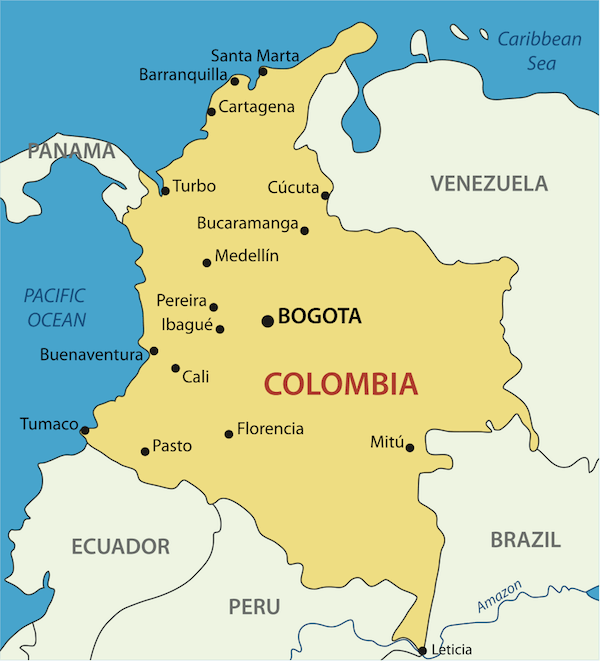
Cultural Facts About Colombia. The capital of Bogota has 5 million residents. The country encompasses many rich diverse cultures. Most Colombians would consider themselves to be Roman Catholics. Colombia has had a turbulent history marked by slavery and appropriation of indigenous land during the Colonial period and political instability civil war and drug-related violence in recent years.
The capital of Bogota has 5 million residents. It is often referred to as the most Roman Catholic of the South American countries and most of its people are proud of the relative purity of their Spanish language. Culture See more Each region has infinite spaces in which converge the art creativity music and traditions that for years have built an imaginary about how the Carnivals parades and festivals among other cultural events take place every year in Colombia. The Church has historically been a very important influence over personal affairs such as marriage and family life. Colombia has had a turbulent history marked by slavery and appropriation of indigenous land during the Colonial period and political instability civil war and drug-related violence in recent years. Its government consists of executive judicial and legislative branches.
Most Colombians would consider themselves to be Roman Catholics.
Colombia strongly reflects its history as a colony of Spain. Despite this the largely homogenous culture is a rich artistic blend of Spanish customs tribal heritage and Afro-Caribbean traditions. Its population of 362 million lives in a varied area of rainforest mountains and lowlands. Colombia strongly reflects its history as a colony of Spain. Past relations with other regional cultures were based on the hierarchical society imposed by Spain in which the upper echelon of white Spaniards enjoyed wealth power and prestige while blacks and Indians were at the bottom of the socioeconomic hierarchy. Colombia is home to a diverse ethnic population comprised of native Indians European and African descendants.